
Needing a Diagnostic Kick-start
A 4 year-old boy has been brought to the emergency department by his worried parents. He has had fevers for the past 6 days. Kawasaki disease?

A 4 year-old boy has been brought to the emergency department by his worried parents. He has had fevers for the past 6 days. Kawasaki disease?

Jules Sottas (1866–1945) was a French neurologist, historian and astronomer. Dejerine-Sottas Disease (1893)
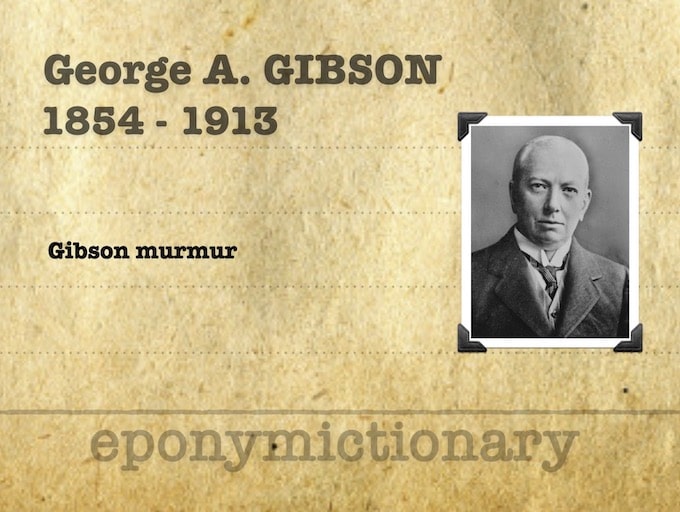
George Alexander Gibson (1854 – 1913) was a Scottish physician. Eponymously affiliated with the Gibson murmur (1906)
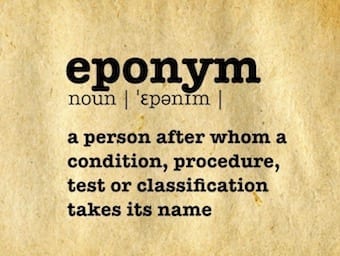
Patrick Gerard Collins (1923 - 1999) was an Irish general surgeon specialising in biliary tract surgery. Collins sign (2009)

Allan Burns (1781 - 1813) was a Scottish anatomist and surgeon. Remembered for his monograph on heart disease, resuscitation options in cardiac arrest and Burns ligament (1802)

Funtabulously Frivolous Friday Five 312 - Just when you thought your brain could unwind The medical trivia FFFF - photo quiz 2

Virginia P. Sybert. American medical geneticist and dermatologist. Palmoplantar keratoderma (PPK) of Sybert (1988)

André-Alfred Lemierre (1875 – 1956) was a French bacteriologist. Best known for his 1836 publication on the condition now known as Lemierre syndrome
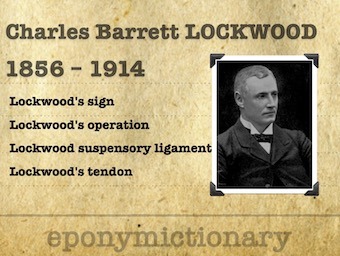
Charles Barrett Lockwood (1856 - 1914) was an English surgeon. Lockwood sign of chronic appendicitis, described by Colt in 1932
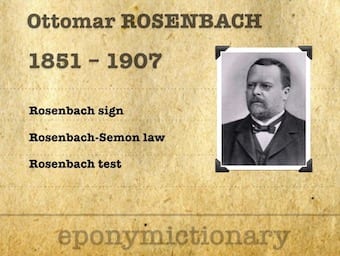
Ottomar Ernst Felix Rosenbach (1851 - 1907) was a German physician. Rosenbach sign of aortic regurgitation (1878), Rosenbach sign of autoimmune hyperthyroidism, Rosenbach-Semon Law (1880), and Rosenbach test (1880).

Still's Murmur ejection systolic murmur first described in 1909 by English pediatrician Sir George Frederic Still KCVO (1868 – 1941)
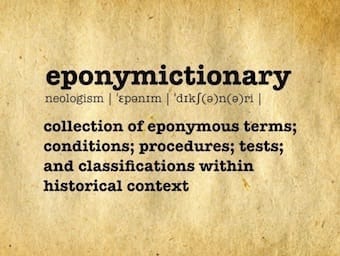
Capgras syndrome: uncommon syndrome in which a patient has a delusional belief that a person, usually a family member or friend, has been replaced by an imposter.